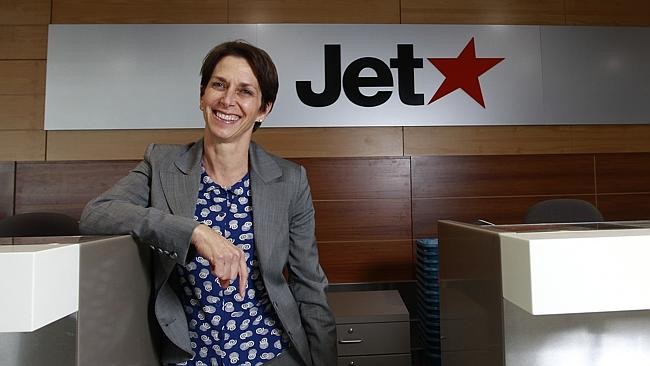Blue Sky defends its structured products
Post on: 16 Апрель, 2015 No Comment

Chris Taylor, chief executive and a co-founder of Blue Sky Asset Management, talks to Judith Evans
Chris Taylor is chief executive and a co-founder of Blue Sky Asset Management, which was established in 2007. He was previously director of UK structured product distribution at HSBC Asset Management.
Could losses in the Blue Sky Protected Income Plan have been avoided by going direct?
But the biggest single point I would make is that it’s patent nonsense for any adviser to dismiss an entire sector of the industry.
To explain what I mean – if you look at the mutual funds world, an adviser spends all day long with a dedicated team researching 2,000 mutual funds. Then if you look, for example, at Hargreaves Lansdown, they only put 150 mutual funds on their recommended list. They clearly don’t think there’s a lot of value in the rest; they sort the wheat from the chaff. Therefore, it would be crazy to think that the structured products industry, which has 100 active providers and issued 1,000 products in 2008, can be fairly judged in one sweeping statement.
Q: How would you respond to the Investment Management Association’s (IMA) criticism of structured products, for instance in September 2008?
A: The IMA and advisers will often use an example of the lowest common denominator to criticise all structured investments. The example they often use is National Savings and Investments (NS&I). They would say that in the UK market the dividend is an important part of the total return, and a structured investment doesn’t account for it because it invests in an index. We completely agree. If a structured investment is client-centric, the participation rate will more than compensate for the dividends.
But then, I’d also suggest it is somewhat daft to ask the IMA, which is paid to represent the mutual funds industry, for useful comments on structured products. Net retail fund sales are 75% down in the UK in three years, according to IMA statistics, while structured product sales are enjoying exponential growth. Asking the IMA for comment is like asking turkeys to vote for Christmas.
Q: Why are there, as you say, so many poor products on the market?
A: Some providers look for cheap derivatives and headline rates, then they hope to find an investment story that they can wrap around them to raise some sales. But first and foremost, you have to look for the investment driver, and then derivatives should be the solution to that – to optimise an investment that you think makes rational sense.
I think it’s distribution dynamics that have shaped the UK structured products industry, not financial engineering capacities. The figures show that 80-85% of total issuance and sales are through high street institutions, while 15-20% is through independent asset management firms. It’s a case of easy products versus intelligent investments. High street institutions use a “one size fits all” philosophy and customers are offered what they’re most likely to buy. They don’t necessarily account for dividends and low participation rates. But you can’t get away with this when dealing with independent intermediaries, because 25,000 disparate, freethinking and opinionated IFAs are not a volume game.
Q: So what does a good structured product look like? I’m guessing you will name one from Blue Sky.
A: You should look at our FTSE 100 Protected and Guaranteed Growth Plan, which offers 100% capital protection and 150% participation. We’re aiming to lead the market with this level of upside: if the index goes up by 1%, we will return 1.5%. It offers 100% protection, so there’s no market downside. It has a 90% cap on returns. This clearly transforms the long-suffered equity risk profile of equity investments. There is counterparty risk. This is pro-actively disclosed to advisers as Barclays Bank plc, so there’s no opaque mystery there.
Q: What do you say to the idea that this sounds “too good to be true”?

A: If you’ll forgive me saying this, it only sounds too good to be true because of your ignorance. There are three components under the bonnet and it’s very simple. The zero coupon bond provides a discounted deposit. Then there’s the options element: call options are bought for upside and put options sold on the downside, to increase the upside and provide income. The third is counterparty exposure, which is pro-actively stated, and we have a guide to counterparties on our website. There are no explicit charges because all returns are stated after allowing for implicit charges.
Another answer to this question is that this is the third plan that we’ve done in this particular series. The first was a bespoke arrangement for a City-based wealth manager last October; just after the equity market had gone into freefall. He said his clients saw this as a buying opportunity, but wanted low-risk access with a bespoke upside. In March this year, the same manager asked us for a second version of this plan. They suggested it was a plain vanilla, but good-value offering. It delivers exactly what it says on the tin. So now we’re offering it more widely.
Q: What about dividends – do structured product investors not lose this potential benefit?
A: With equity investment, along with your dividends you carry the risk of underperformance as much as the hope of outperformance.
Another point is that equity income funds are under pressure. Dividends are falling because corporate earnings are suffering. Quantitative easing means gilt yields will come down, so pensions deficits will be marked up, meaning companies will have to plug their pension deficits with cash. Now that they’re having to devote cash to their pension funds, the outlook for dividends is definitely stressed.
Q: Can you suggest a market where investors would benefit from buying a structured product rather than an equity or bond fund?
A: One of the most interesting considerations at the moment is whether to take exposure to US equities. Among the things you need to consider are: is the US going to be the first out of the crisis on the basis that it was the first in, and given its unparalleled levels of stimulus? Secondly, are you likely to see a sustainable global equity recovery if the US market does not at least participate? On that basis, a lot of people are looking at the US equity market closely.
However, UK advisers struggle to find a traditional mutual fund that can do the job. We will be seeking to transfer the risk and return profile. We believe we can dramatically reduce the downside risk of any asset allocation and enhance the upside. But we’re the first to admit that structured investments are not alchemy; it’s likely the trade-off will be a cap – you just have to make sure it’s at a reasonable level.














